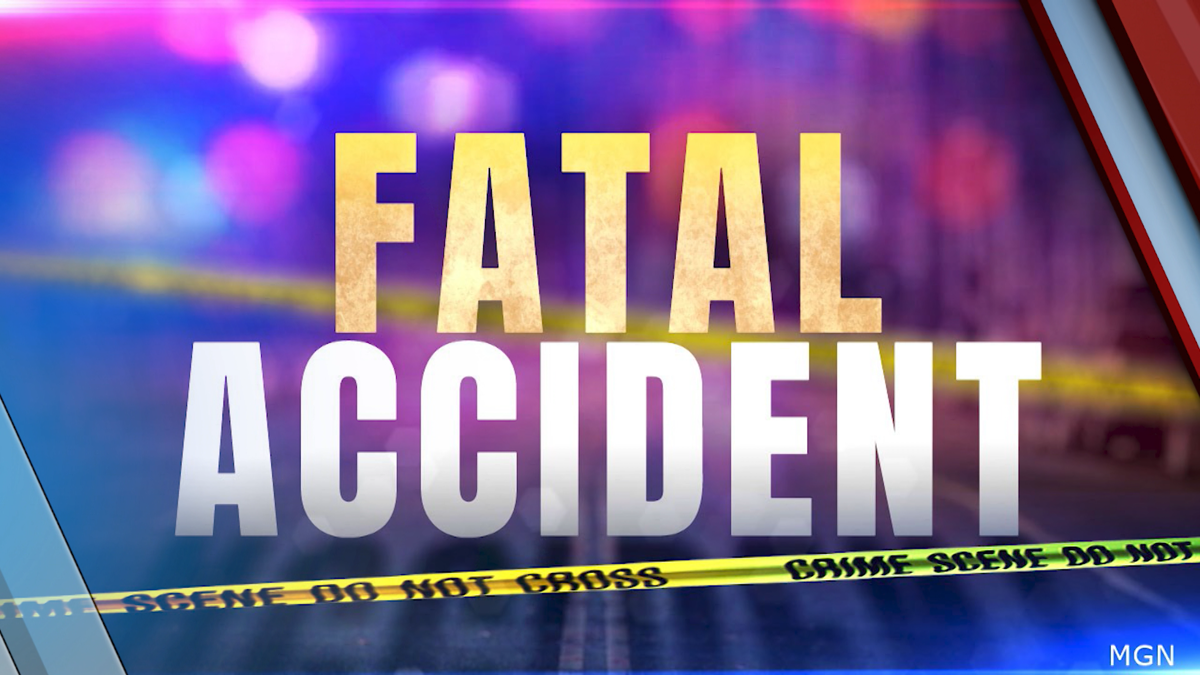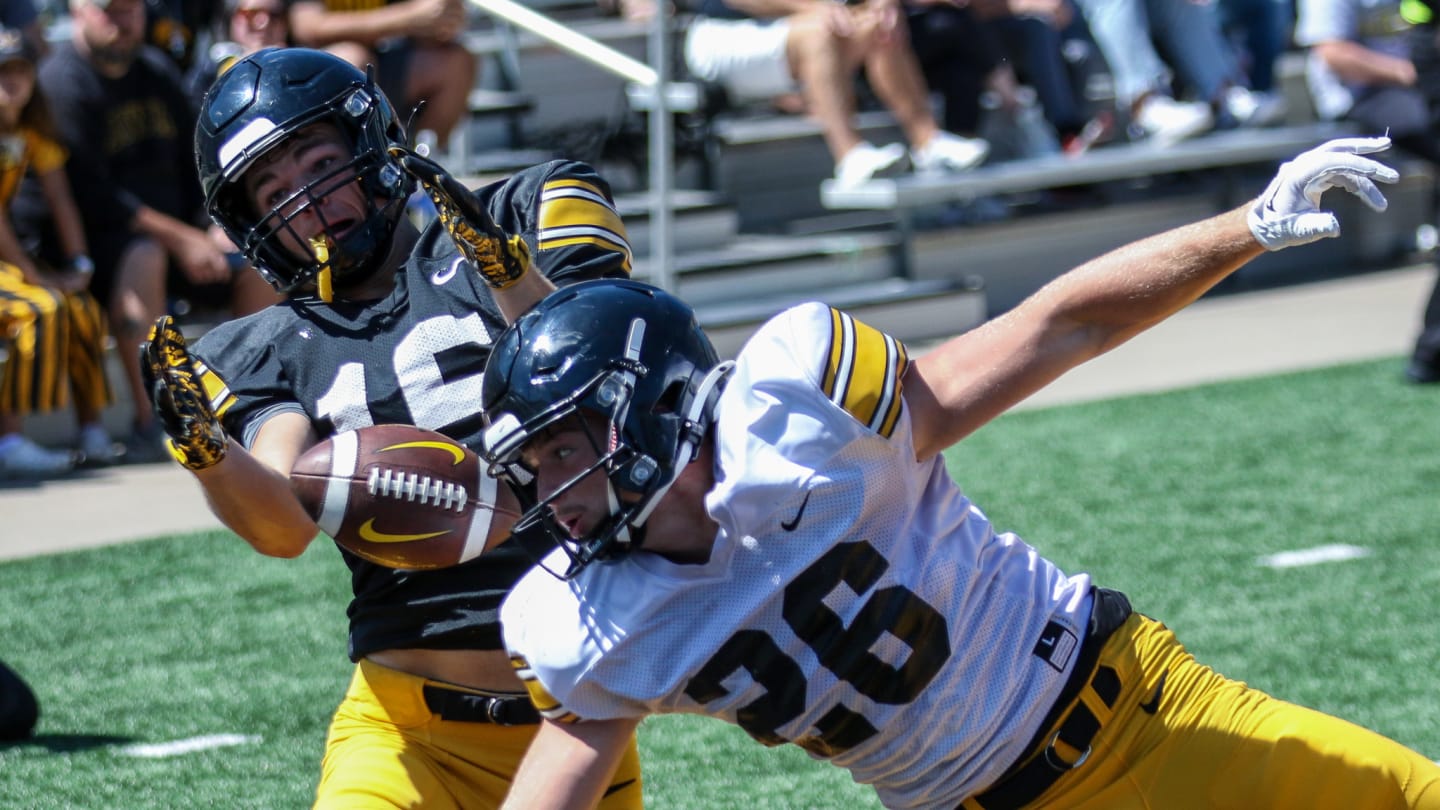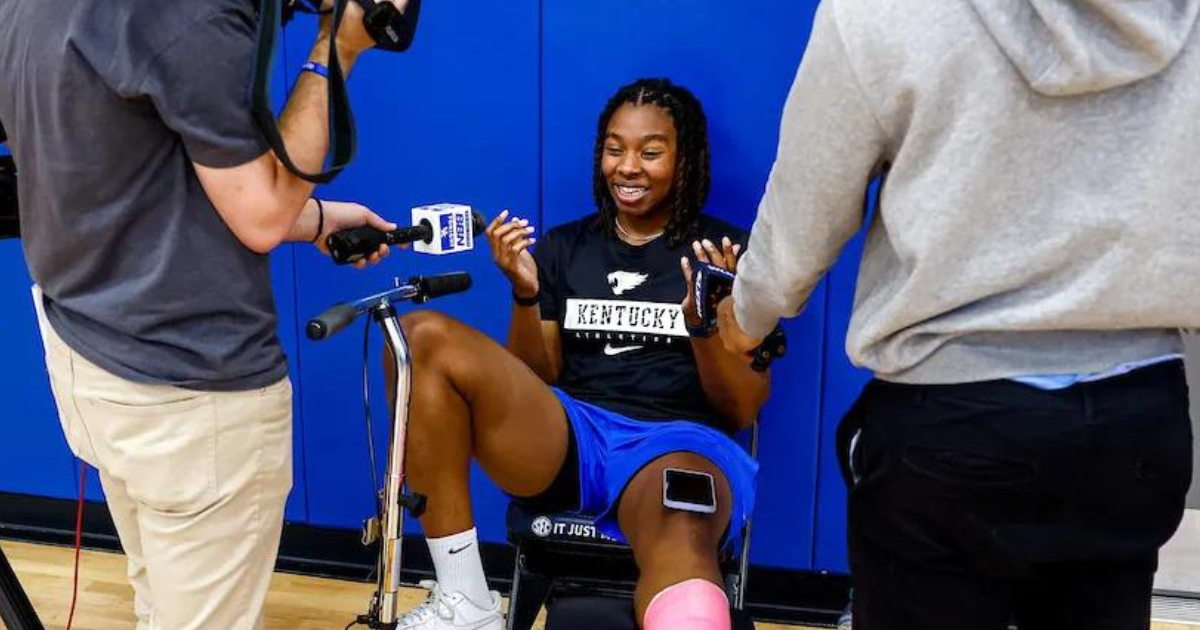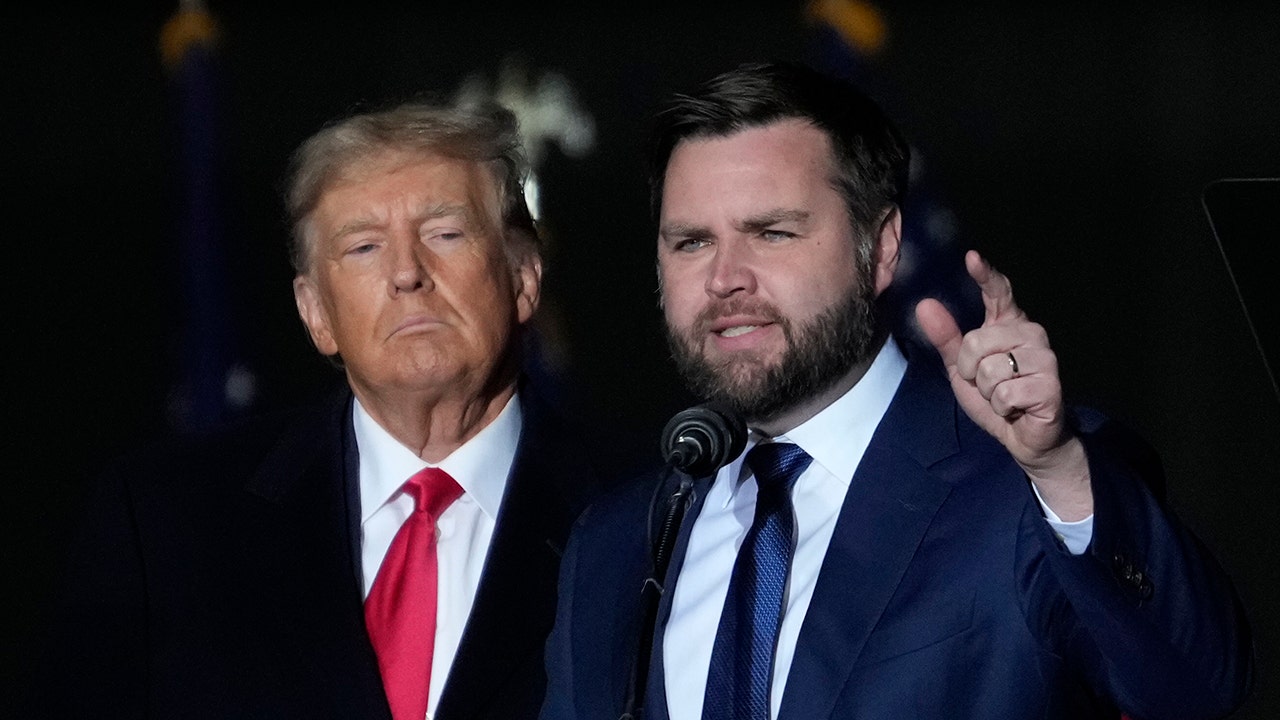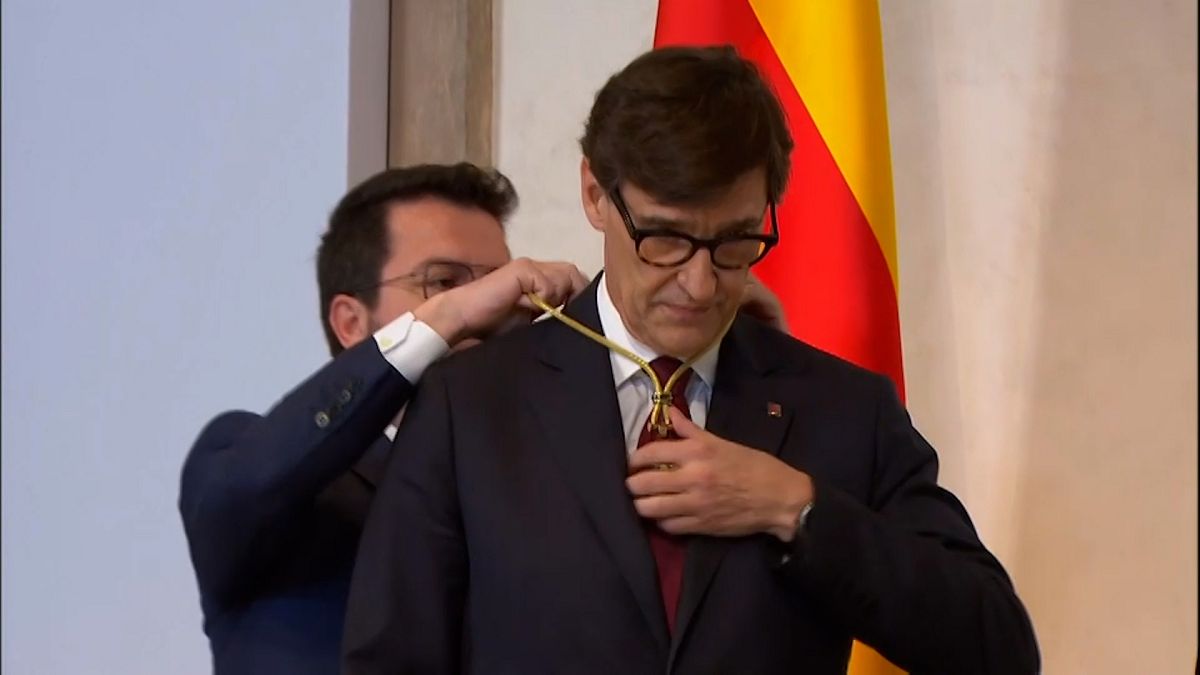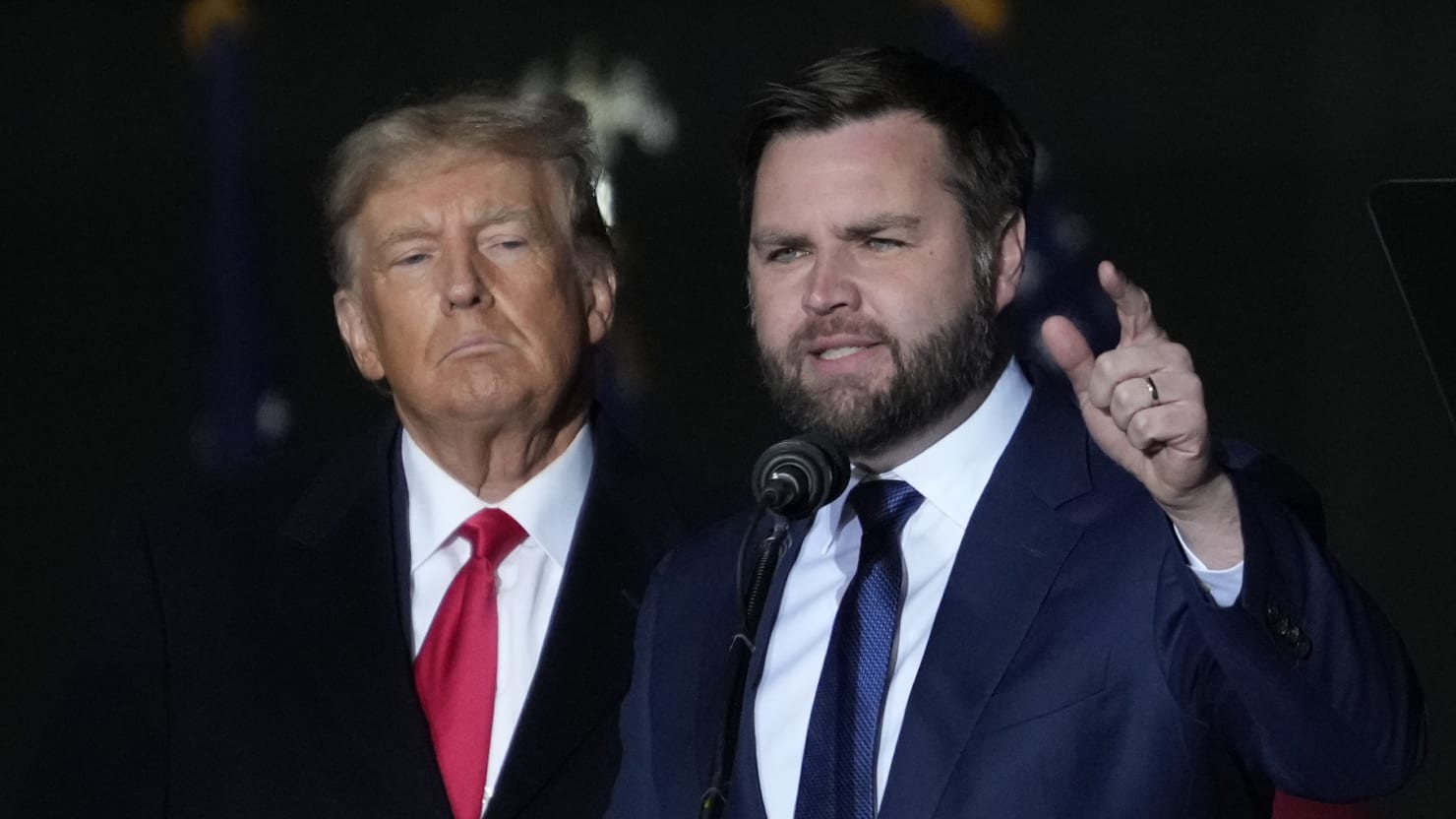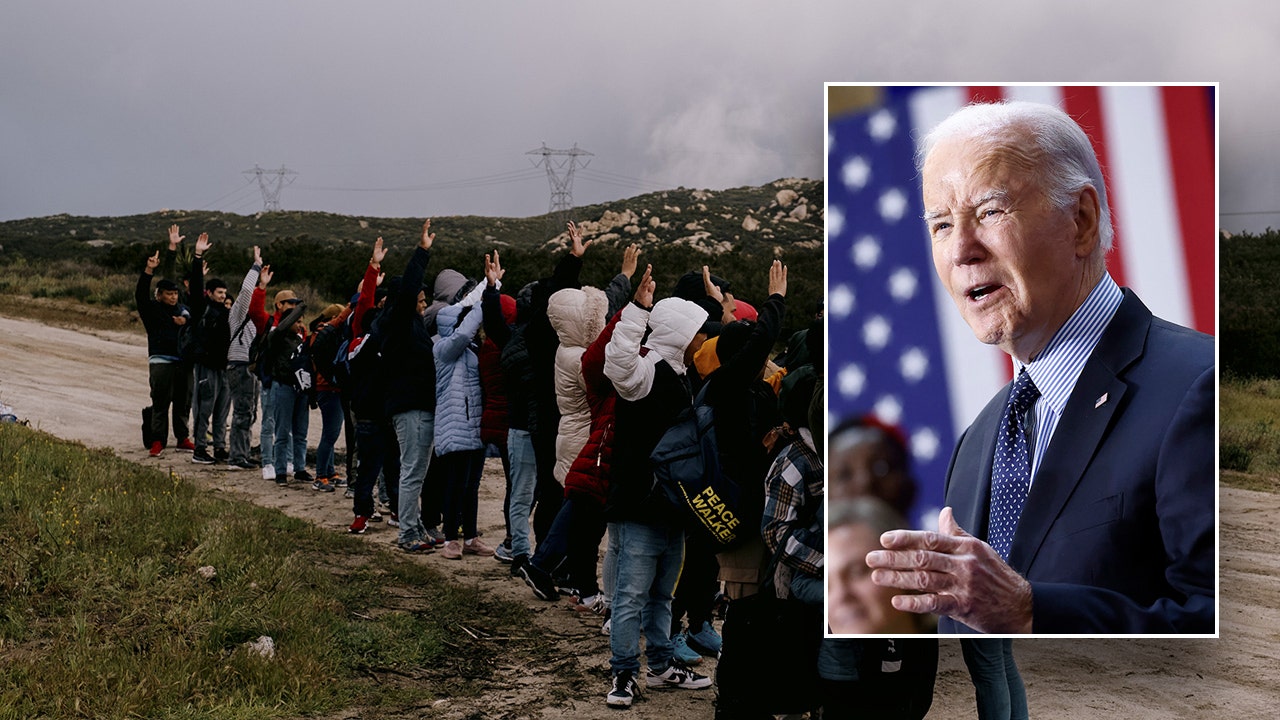Lifestyle
L.A. is too ugly now to host the Olympics. Here's how we can fix it before 2028

If you overlook the polluted Seine, Paris looks so pretty on TV, so quintessentially Parisian, that it raises the question: How will Los Angeles compare when it hosts the 2028 Olympics?
We can rhapsodize about our fabulous mountains and beaches, gorgeous parks and gardens, and many breathtaking residential drives. But that’s not what people see when they first arrive to Los Angeles or what we encounter most days as we go about our business.
Instead, it’s long bleak corridors of concrete and traffic, off-ramps and intersections choked with weeds and trash, blocks of faceless (or defaced) buildings and front yards with boring (or dying) swaths of lawns.
Things are especially grim at the entry point for most visitors — that interminable construction zone known as Los Angeles International Airport, where the main message after leaving the terminal appears to be “Welcome to Hell.”
We can do better, we must do better, not only for our visitors but ourselves. And the 2028 Olympics are a golden opportunity to make some substantial changes that will not only beautify our city, but celebrate our unique natural history while supporting our threatened pollinators and wildlife.
Imagine our parkways lined with stunning stands of California buckwheat (Eriogonum fasciculatum) instead of weeds.
(Marie Astrid Gonzalez)
Here’s the plan: Let’s create a campaign to line our yards, our streets and even our airport thoroughfares with the beautiful and fragrant plants that grow natively in this region. And let’s get started in the coming year, so by 2028, when the city is hosting athletes and guests from around the world, the plantings will be mature and thriving.
Otherwise, our international guests might notice that L.A.’s public landscapes are embarrassing, “with horribly topped trees, artificial grass and really drab plants,” said Evan Meyer, executive director of the Theodore Payne Foundation, one of the region’s premier nurseries and education centers for California native plants.
Forget speed-planting ornamentals for TV close-ups. Creating a native plant landscaping campaign around the Olympics is a better way to extol the region’s ecological heritage while giving Los Angeles a badly needed sprucing up, Meyer said.
“The big question is: What story does Los Angeles want to tell about itself?” Meyer said. “Are we going to be an environmental leader and show the world what California has to offer from a botanical perspective? Or are we going to talk about artificial grass?”
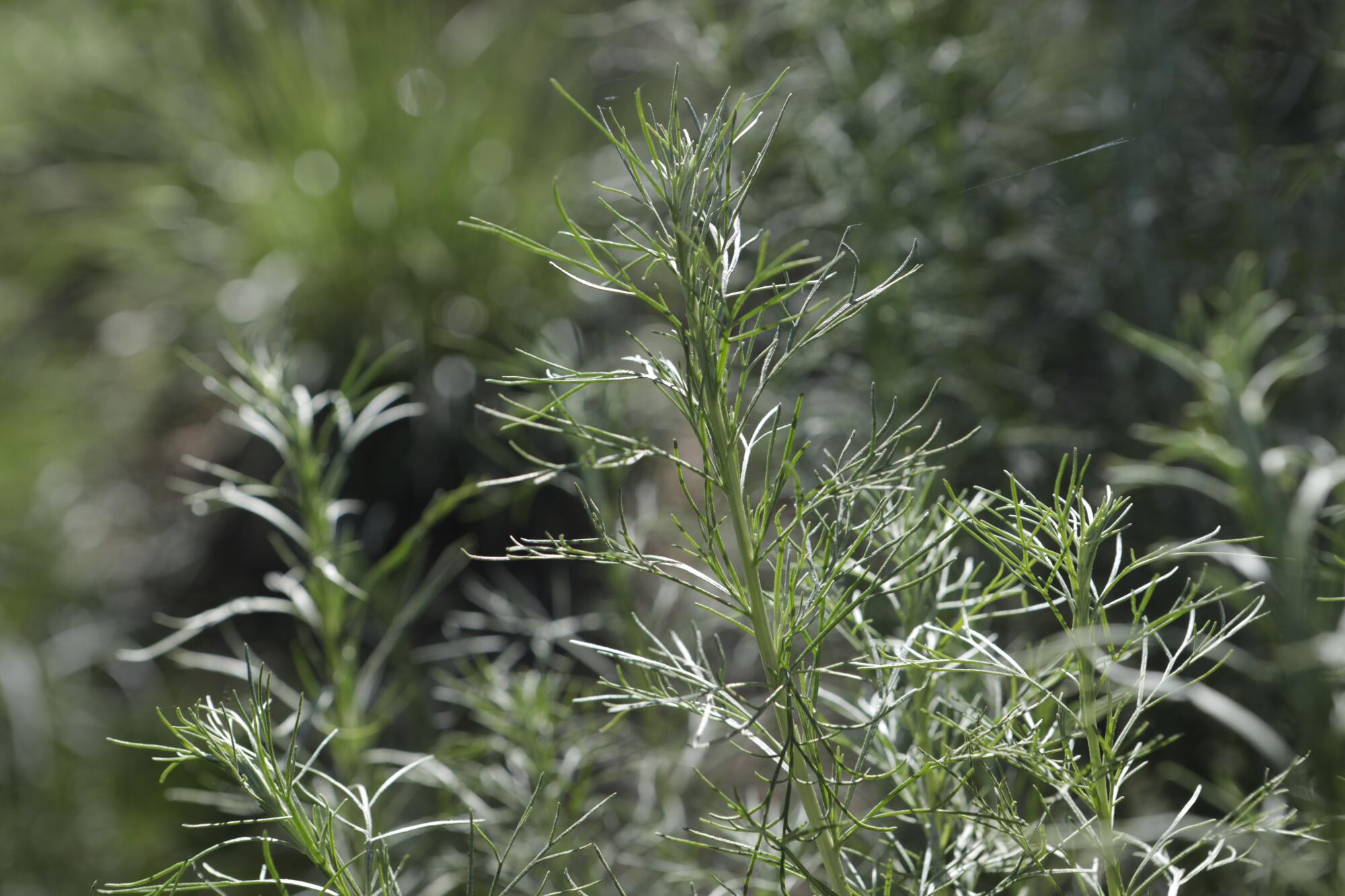
Wispy California sagebrush leaves capture the light and are so fragrant the plant has earned the nickname “cowboy perfume.”
(Katie Falkenberg / Los Angeles Times)
Good thing L.A. is full of all kinds of storytellers — starting with our indigenous people who can advise us on the historic uses of these plants for food, tools, shelter and medicine, said Bob Ramirez, president of the Gabrielino Tongva Springs Foundation’s Kuruvungna Village Springs in Sawtelle, a natural spring used by Native Americans for thousands of years.
California is one of the world’s top 10 biodiversity hot spots, with plants that grow nowhere else, Ramirez said. And Native people incorporated those plants into their lives for generations. “It‘s important that people understand the history that was here before the Spaniards,” he said. “People go to Europe to see the ruins of early empires, but they don’t know about the ancient history of our region, and native plants can provide a context for that.”
We have plenty of time to get this done. “It’s just a question of planning,” said horticulturist Carol Bornstein, former director of the nature gardens at the Los Angeles County Natural History Museum and co-author of “California Native Plants for the Garden,” one of the region’s most definitive books about native plant landscaping.
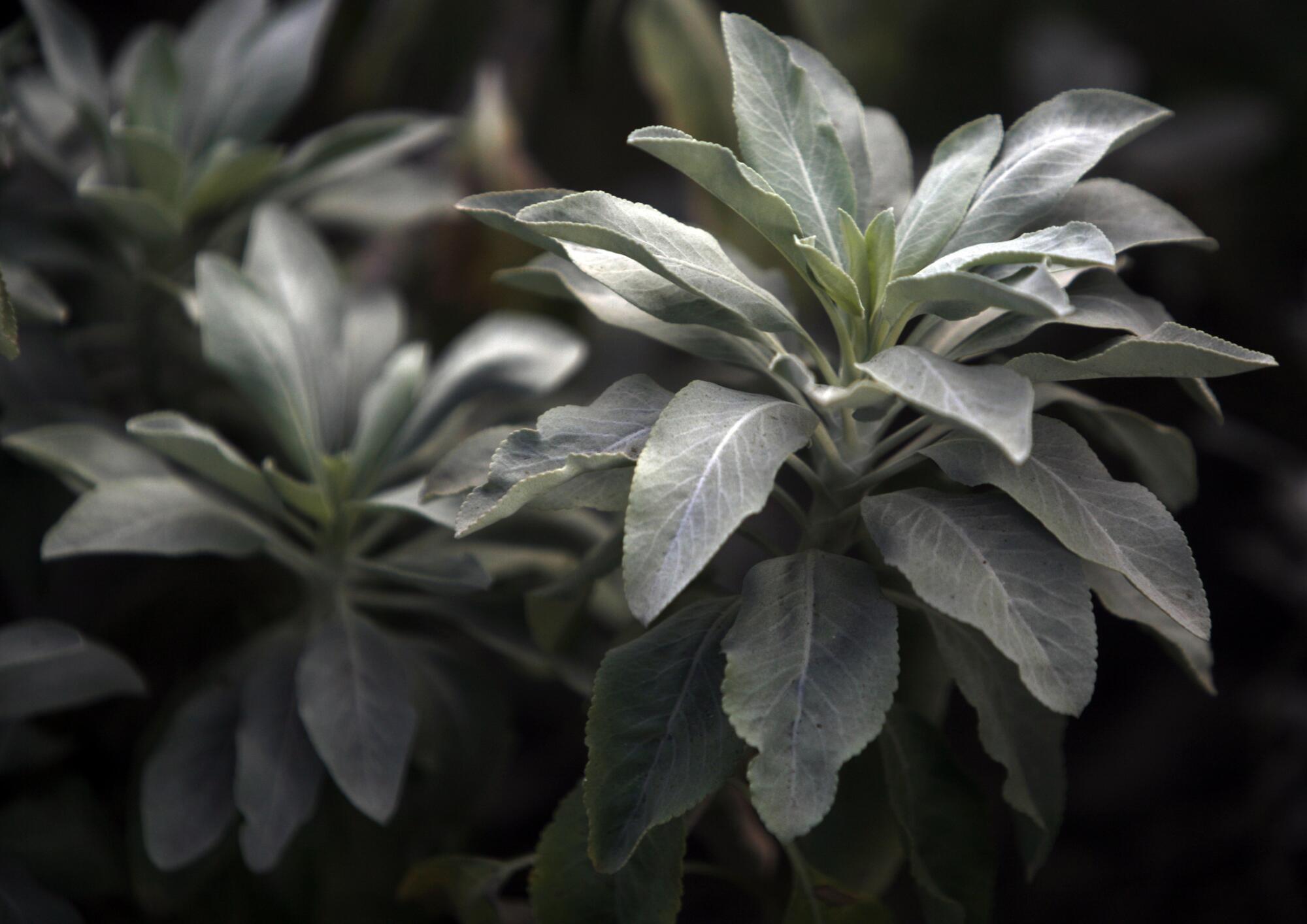
White sage only grows in Southern California and northern Baja, so it will feel right at home in most landscapes around L.A.
(Francine Orr / Los Angeles Times)
A native plant landscaping campaign isn’t just about beautifying the city for the Olympics. “It’s about reflecting who we are as Southern California,” she said. “It’s a way to puff up our chests, so to speak, to show what we are doing in preserving and enhancing our biodiversity.”
To help tell this story, Bornstein suggests using graceful desert willow trees, which bloom profusely in the summer and are small enough to live in containers, and two perennial natives, Gran Canon Baja bush snapdragon and De La Mina verbena, that bloom almost year-round and do very well in pots.
Tim Becker, horticulture director of the Theodore Payne Foundation, said the push for more native plantings could expand L.A.’s identity beyond Hollywood and giant traffic jams. His plant suggestions for a campaign would include using California sagebrush, bush sunflower, California fuchsia and fairyduster.
“The plants are the easy part; they’re beautiful, they attract beneficial pollinators and they create a sense of place,” he said. “The hard part is getting a seat at the table. How do we [native plant advocates] inject ourselves into that decision-making process?”
City officials have supported green initiatives on paper, “but now is the time to get these plants in publicly visible spaces,” he said.

Cleveland sage’s frilly wands of flowers tower over the plants gray-green leaves and turn into sculptural brown spikes in late summer. Bonus: This native plant stays powerfully fragrant year-round.
(Marie Astrid Gonzalez / Los Angeles Times)
What Angelenos decide now can have a huge effect on the region’s image, now and in the future. Just consider how the beautification work for the 1932 Olympics changed L.A.’s skyline.
Palms trees were already a SoCal gardening craze around the turn of the 20th century, according to the PBS history show “Lost LA.” But starting in March 1931, the city cemented their future as L.A.’s iconic trees by planting some 40,000 palms along 150 miles of streets, according to the show, in part to prepare for the Olympics, but also to provide jobs for 400 unemployed men during the Great Depression.
That Olympics’ beautification project happened more than 90 years ago, and it’s still reverberating today. Palm trees, which feed into the tourism fantasy that Southern California is a tropical paradise, provide zero shade, their heavy fronds are a dangerous nuisance and keeping them trimmed is a large municipal expense.
Landscapes with native plants, on the other hand, will require less water use, less pollution from gas-powered lawn mowers and better support for our threatened birds and insect pollinators.
Tree planting and creating a consistent tree canopy is an overarching suggestion in the city of Los Angeles Public Works Committee’s LA 2028 Olympics Legacy Street Improvement Plan, but the document doesn’t list what trees should be included. Why not go with suggestions from native plant experts such has Mike Evans, who started his Tree of Life native plant landscaping company and nursery in San Juan Capistrano nearly 50 years ago?
Evans’ list of native plant suggestions is long, but highlights include using two of the region’s keystone trees — coast live oak and Western sycamores — for shade and any variety of ceanothus and manzanitas (both of which come in many shapes and sizes).
Angelenos need to understand that diversity — at least 15 to 20 species of plants — is key to creating a natural landscape, especially if they hope to help pollinators and other wildlife. “It’s not enough to just plant a row of ceanothus,” Evans said. “We have a traditional culture of spending time outdoors, and we should celebrate that in our gardens with native plants, because they tell the story of our land.”
No one is suggesting a native plant mandate or advocating that Angelenos rip out existing non-native landscapes (well, except maybe for water-thirsty lawns), but there are so many shade trees that need planting, intersections that need weeding and replanting and businesses that need something besides concrete. Why can’t we set some community goals around using native plants?
Actually, we shouldn’t wait for the city to do all the cleanup work. The city’s Office of Community Beautification offers resources to help community members volunteer for cleanups around their neighborhoods.
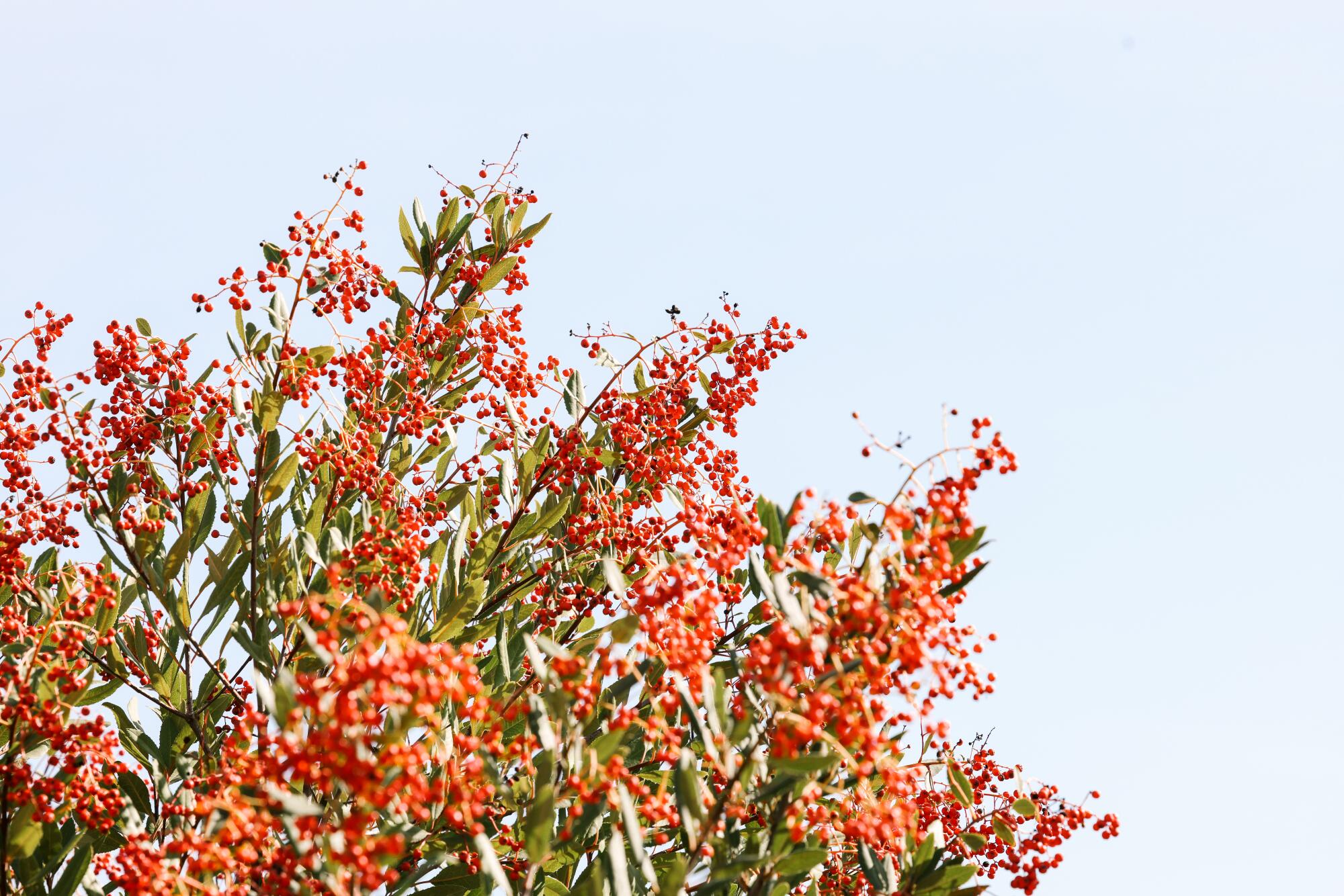
Toyons have handsome green holly-shaped foliage in the summer, bright flowers in the spring and cheerful sprays of red berries in the winter.
(Dania Maxwell / Los Angeles Times)
Meyer suggested that Angelenos consider a Victory Garden approach for sprucing up their yards, balconies or business fronts. During World War II, families helped the war effort by planting vegetable gardens in their yards to free up farm-produced food for our soldiers overseas — except in this case, we’d be growing Olympic gardens to help Los Angeles tell its story through native plants.
He also advocates planting native milkweeds like narrow leaf and woollypod, summer bloomers that will attract lots of pollinators, especially the endangered Western monarch butterflies.
Chaz Perea, a horticulture professor at Mount San Antonio College and landscape manager at Dodger Stadium, is transforming the grounds of the stadium with predominately native plantings. The stadium has nearly 20 round concrete planters four feet tall and four feet in diameter, which can be moved with forklifts, that might work for a citywide native plant campaign, he said.
The stadium’s containers are planted with native toyons. “They’re dark green and easy to grow and they create a wall of healthy lush plant material,” Perea said. Plus, they flower in the spring and provide clusters of decorative red berries in the winter beloved by birds.
Perea also likes the idea of growing native Roger’s Red grapes on trellises in large containers to provide summer greenery, fall color when the leaves turn red and gold, and sculptural vines in the winter. He also recommends planting lemonade berry and pink flowering sumac to replace non-native hedges.
“I see plants as unifiers,” said Brandy Williams of Garden Butterfly in Vermont Knolls. She weaves native plants, Mediterranean climate plants, succulents, vegetables and herbs into her landscape designs. One way to honor the athletes, she said, would be to create plantings from the five different Mediterranean climates, recognizing the countries from each region.
California native plants would still be featured prominently, she said, to support local pollinators. Her recommendations include multiple buckwheats, including California buckwheat and Yankee Point ceanothus, an evergreen groundcover that has beautiful spring flowers. After it blooms, the plant’s dark green branches still look lovely in the ground or spilling out of a pot.
Plants can bring us all together, said Williams, “and featuring California native plants is just another unique way to showcase unity. When people come to our gardens, they can better understand our culture.”

Lifestyle
'Wait Wait' for August 10, 2024: Summer Break Edition!

Jason Isbell performs onstage during the 2024 MusiCares Person Of The Year Honoring Jon Bon Jovi at Los Angeles Convention Center on February 02, 2024 in Los Angeles, California. (Photo by Amy Sussman/Getty Images)
Amy Sussman/Getty Images/Getty Images North America
hide caption
toggle caption
Amy Sussman/Getty Images/Getty Images North America
This week, Wait Wait celebrates the end of summer with some of our favorite guests including Jason Isbell, Rachel Maddow, Patti LuPone, and more!
Lifestyle
The most pressing question about Tim Walz and JD Vance: Who should play them on SNL?
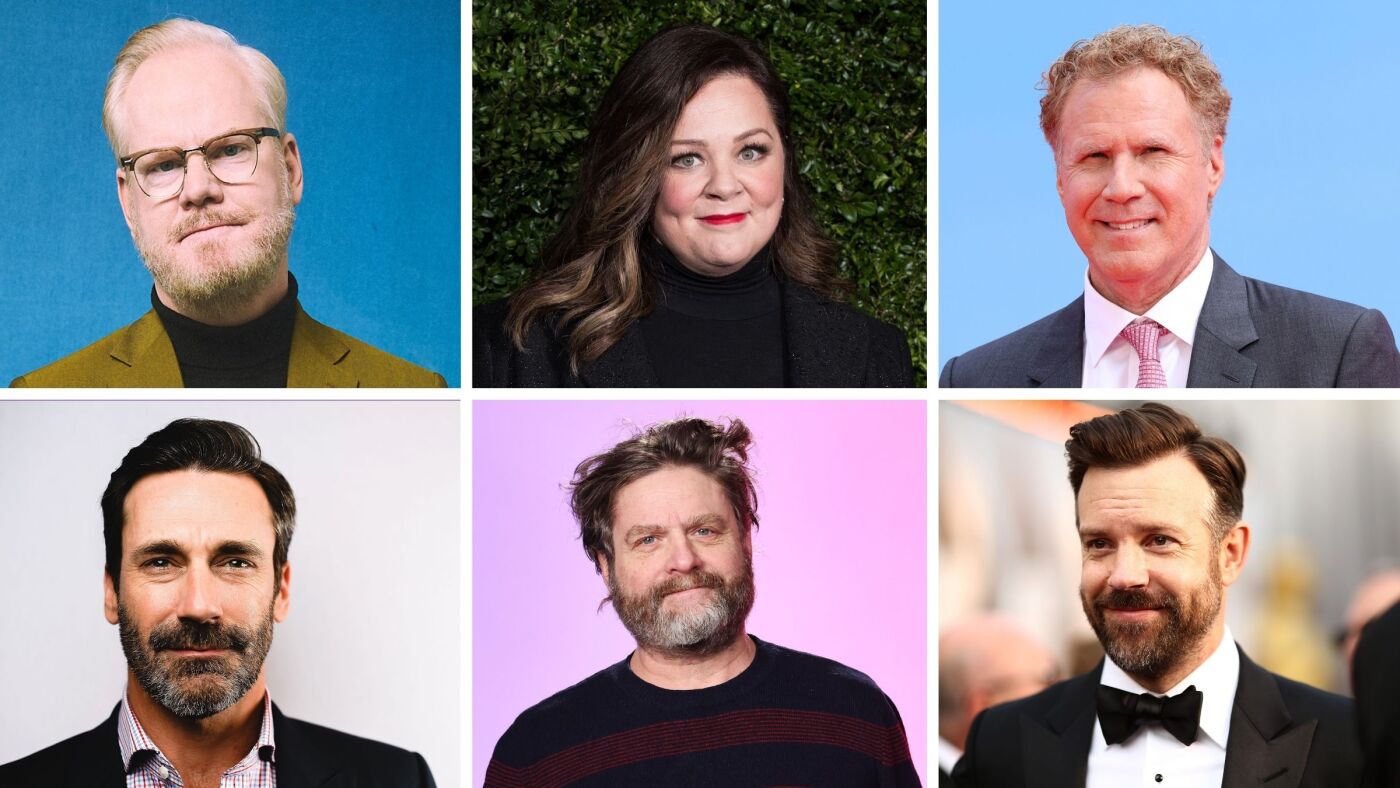
Who might play the VP candidates on SNL? A few ideas: Jim Gaffigan (clockwise from left), Melissa McCarthy, Will Ferrell, Jason Sudeikis, Zach Galifianakis and Jon Hamm.
Emma McIntyre/Getty Images for IMDb; Jeff Spicer/Getty Images; Lia Toby/Getty Images for Warner Bros.; Christopher Polk/Getty Images; Monica Schipper/Getty Images for IMDb; Matt Winkelmeyer/Getty Images for SXSW
hide caption
toggle caption
Emma McIntyre/Getty Images for IMDb; Jeff Spicer/Getty Images; Lia Toby/Getty Images for Warner Bros.; Christopher Polk/Getty Images; Monica Schipper/Getty Images for IMDb; Matt Winkelmeyer/Getty Images for SXSW
Now that Tim Walz has been named the Democratic candidate for vice president, it’s time to tackle the most pressing question left in media and politics: Who will play the earnest ex-schoolteacher-turned-governor-turned-dad jokes magnet on Saturday Night Live?
One favorite has already dropped out: comic actor Steve Martin told The Los Angeles Times he turned down an offer from SNL executive producer Lorne Michaels to play the Minnesota governor, a fellow balding, white-haired guy with a wide smile.


“I said, ‘Lorne, I’m not an impressionist,’” Martin told Times columnist Glenn Whipp. “You need someone who can really nail the guy.’ I was picked because I have gray hair and glasses.”
Fans had been circulating pictures of Martin online with SNL alum Maya Rudolph, adding to buzz she may reprise playing Vice President Harris – this time as the Democratic presidential nominee – when the show returns to new episodes this fall.
Why this discussion matters
Excitement over Martin reminded me of the moment Sarah Palin was named a vice presidential candidate in 2008, prompting loads of comedy nerds to send around emails noting how much Palin looked like another SNL alum, Tina Fey.
Fey’s impression of Palin eventually dominated pop culture so much, people believed the politician — then Alaska’s governor — really said, “I can see Russia from my house,” a line that Fey actually dropped during SNL’s season premiere in September 2008.
YouTube
Images of Gerald Ford as a clumsy doofus, George H.W. Bush as a patrician so stiff his words sounded like gibberish, and Al Gore as a stuffy know-it-all obsessed with the word “lockbox,” all come from devastating SNL parodies. So who plays Walz – and how – may affect how history remembers him more than anything he actually does.

(Ditto for GOP vice presidential candidate JD Vance, whose selection didn’t quite inspire the same level of SNL fancasting online).
I sympathize with purists who insist one of the show’s castmembers should get a shot at playing new figures like Walz or Vance — in the same way James Austin Johnson has electrified viewers with his amazing take on former President Donald Trump.
But Michaels discovered long ago that stunt casting celebrities brings attention and ratings. Even if they don’t really bother trying to imitate the people they’re playing, like Robert DeNiro and Ben Stiller (as Robert Mueller and Michael Cohen, respectively).
So here’s my short list of the folks left who Michaels should consider casting as Walz — along with a couple recommendations for Vance. Because teaching us how to laugh at these people just might help us understand them – or at least learn to tolerate them.
Jim Gaffigan
PROS: He’s a brilliant standup comic, with multiple Grammy nominations and specials aired or about to debut on Netflix, Prime Video and Hulu. He’s from the Midwest – raised in Indiana, championed by fellow Hoosier David Letterman – with bits centered on being a father of five, married to a wife so devout he calls her a “Shiite Catholic.” He’s got the stocky build and blonde, thinning hair, along with acting chops from loads of TV and film work, including TV Land’s The Jim Gaffigan Show, Law & Order and, recently, pal Jerry Seinfeld’s Netflix movie Unfrosted.
CONS: He doesn’t seem to be down with the SNL crew; despite a long career in comedy, he’s never hosted the show.
Tracy Letts
PROS: A consummate actor and playwright who has won Tony awards and a Pulitzer prize, he’s better known for his self-described specialty playing “a—holes in suits” in films and TV shows like Ford v. Ferrari, Lady Bird and Winning Time.
CONS: Though he had early roles in sitcoms like Seinfeld and The Drew Carey Show, he’s not really known for comedy.
Melissa McCarthy
PROS: Hear me out. She’s a brilliant comedic actor with a long history of guesting on the show. And she delivered a sidesplitting take on Trump’s former spokesperson Sean Spicer that perfectly captured his clueless bluster.
CONS: Despite his Big Dad Energy, Walz is such a masculine guy – hunter, former football coach ex-military – that, funny as it might be to see McCarthy give it a shot, SNL may just want a guy in the role.
Will Ferrell
PROS: Amazing at improvisational and sketch comedy, he’s an SNL alum who has played everyone from George W. Bush to former Attorney General Janet Reno.
CONS: His oddball energy is a little eccentric and sharp for playing a guy who comes off as America’s goofy father figure.
The ghost of Chris Farley
PROS: The SNL star had an over-the-top exuberance, unkempt blonde hair and talent for self-deprecating humor that seemed like a cartoonishly exaggerated version of Walz’s vibe – perfect for a parody sketch.
CONS: Just another reminder of what the comedy world lost in 1997 when he died at age 33 after an overdose. (Though his younger brother, comic and actor Kevin Farley, might also be an able contender).
Jason Sudeikis — as Walz and/or Vance
PROS: An alum of the show, he knows his way around sketch comedy and political impressions — he played Joe Biden and Mitt Romney at different times. He’s also got a facility with corny, dad-style humor, as evidenced by his time playing the earnest, fictional coach on Ted Lasso. Anyone who remembers his work as one half of a self-centered yuppie couple in the “Two A-holes” sketches (with another SNL ace, Kristen Wiig), also knows he has a knack for playing haughty, entitled white guys.
CONS: He doesn’t quite look like Walz – frankly, he’s a little too thin and good looking. And his success as Vance might be directly proportional to the quality of the fake beard and hairpiece they can slap on him.
My first choice for Vance: Zach Galifianakis
PROS: He’s got the bushy brown beard, the shock of thick hair and a talent for playing clueless egotists honed on his interview parody show, Between Two Ferns.
CONS: He’ll be so good we may forget how odd Vance is in real life.
Another great Vance: Jon Hamm
PROS: An ace dramatic actor whose secret weapon is a sharp knack for comedy (see 30 Rock, Bridesmaids), he’s also great at making audiences love difficult people (see Mad Men). His turn as a cult leader on The Unbreakable Kimmy Schmidt proves he can make great comedy out of playing quirky big shots. And he’s also a friend of SNL, hosting the show three times and making cameos in multiple skits.
CONS: Hamm will also need a convincing wig or two to make this work. And given all the other cool roles he’s been in recently — from Fargo to The Morning Show — SNL might have to work hard to keep him in the mix.
Lifestyle
Morgan Wallen Walks Out with Tom Brady and Mike Tyson at Vegas Concert

Morgan Wallen made quite the splash in Nevada Friday … doing one of his customary walkouts with a couple of major celebs — Tom Brady and Mike Tyson.
Wallen was flanked on either side by the NFL great and boxing legend at Allegiant Stadium in Las Vegas, where he performed Friday night during a stop on his country music tour.
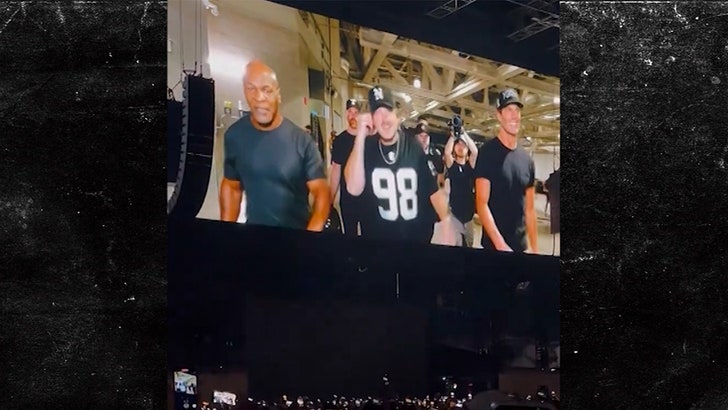
Check out the video … the trio kicked things off inside a tunnel, where Morgan gave a huge hug to Brady before shaking hands with Tyson and embracing him.
Morgan and Co. looked all pumped as they strutted through the tunnel with the crowd cheering in the background. At one point, Morgan turned to Brady and the two had a little friendly chat.
The country music sensation eventually made his way to the stage and brought down the house.
Interestingly, Wallen — not Brady — was decked out in a No. 98 Raiders jersey, the number worn by the team’s star defensive end Maxx Crosby.
As you may know, Brady and his partners are close to buying about a 10 percent stake in the Raiders with their proposed $175 million investment. The Raiders are valued at around $5.8 billion.
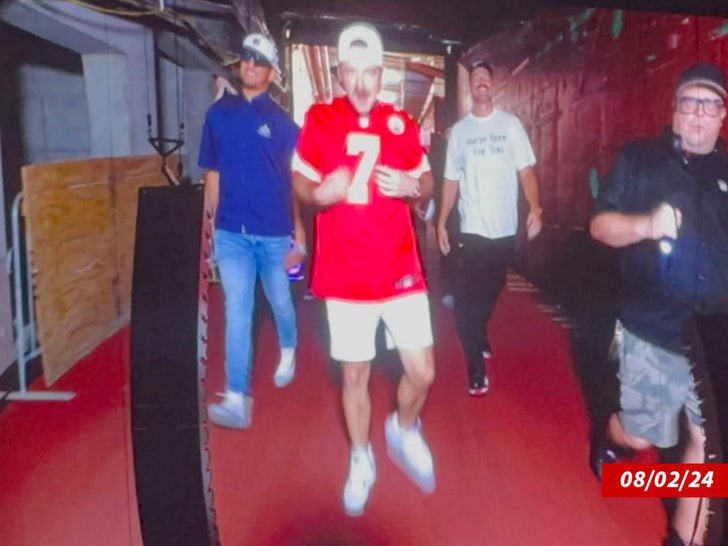
One more thing … Wallen has been doing these walkouts at his concerts lately. You may recall, the one he did last week with Travis Kelce and Patrick Mahomes. He’s also shared the spotlight on other occasions with Troy Aikman, Moneybagg Yo and Brooks and Dunn.
-

 World1 week ago
World1 week agoWhy are fewer women winning EU leadership roles?
-

 News1 week ago
News1 week agoWe the People: Gun Rights : Throughline
-
Fitness1 week ago
For healthy aging, light exercise or sleep beats being sedentary
-

 World1 week ago
World1 week agoThe Take: Is Silicon Valley going MAGA?
-

 News1 week ago
News1 week agoVideo: Biden and Harris Greet Americans Released From Russia
-
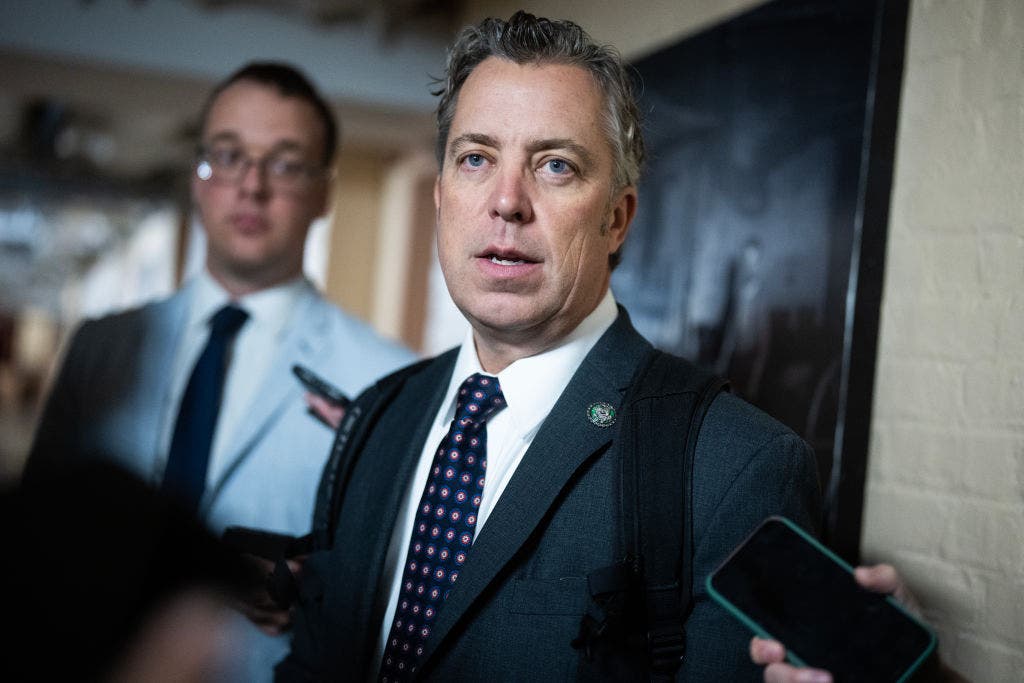
 Politics1 week ago
Politics1 week agoHouse conservative who's twice moved to impeach Vice President Harris faces competitive GOP primary
-
/cdn.vox-cdn.com/uploads/chorus_asset/file/25416392/STK473_NET_NEUTRALITY_CVIRGINIA_D.jpg)
/cdn.vox-cdn.com/uploads/chorus_asset/file/25416392/STK473_NET_NEUTRALITY_CVIRGINIA_D.jpg) Technology1 week ago
Technology1 week agoNet neutrality is on ice
-
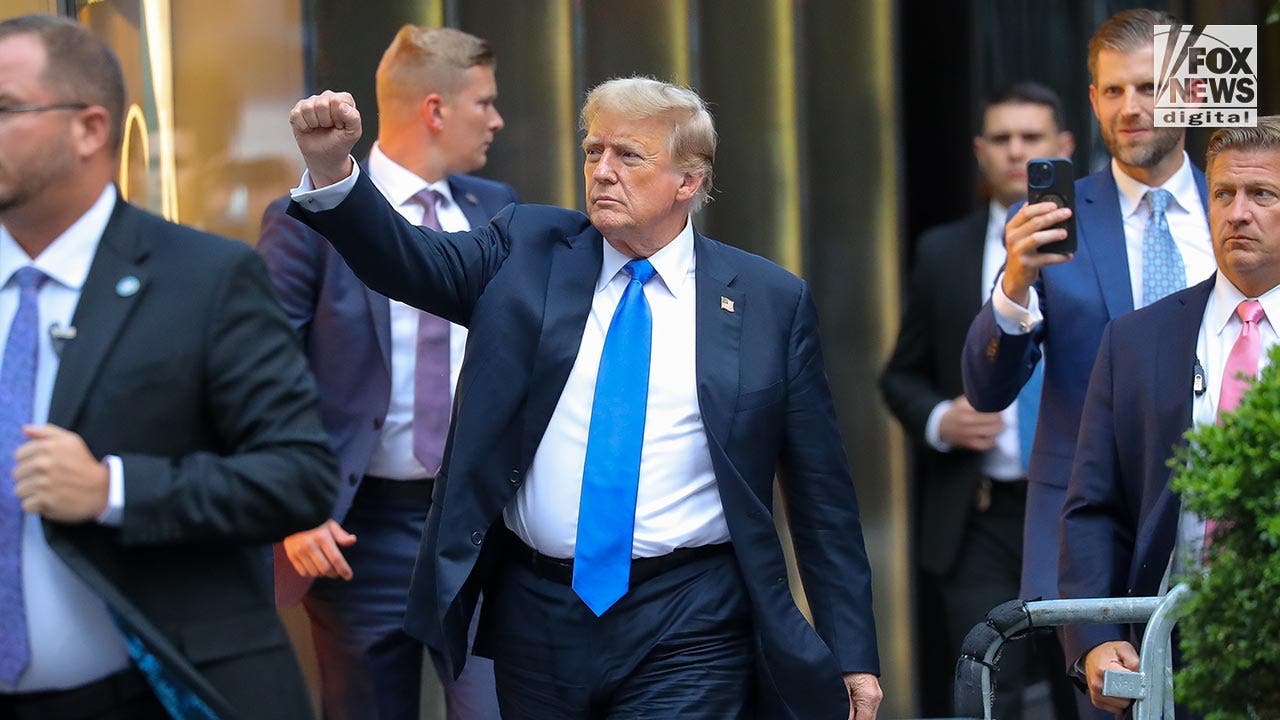
 Politics1 week ago
Politics1 week agoTrump replies to DA Bragg in case to get conviction tossed in light of Supreme Court immunity decision
